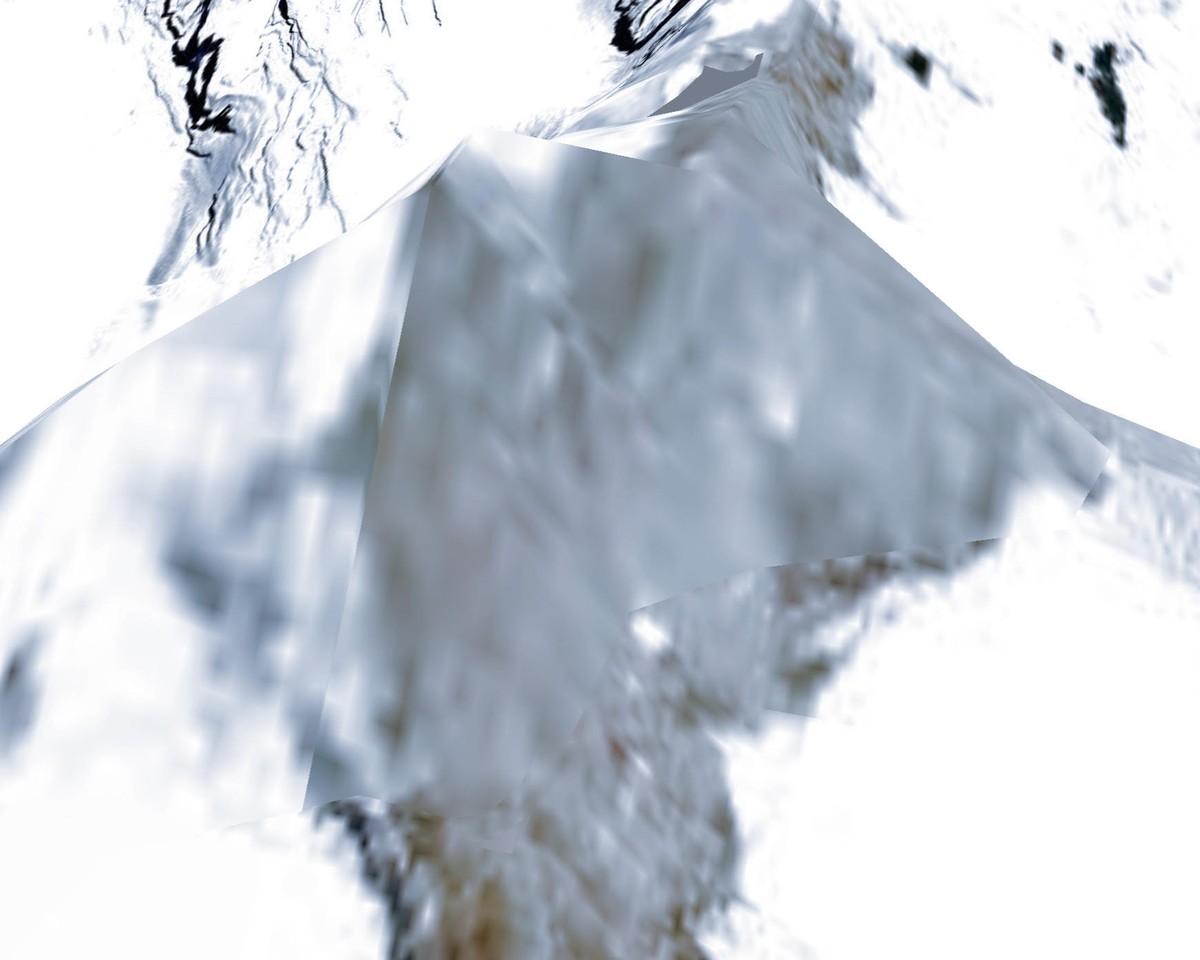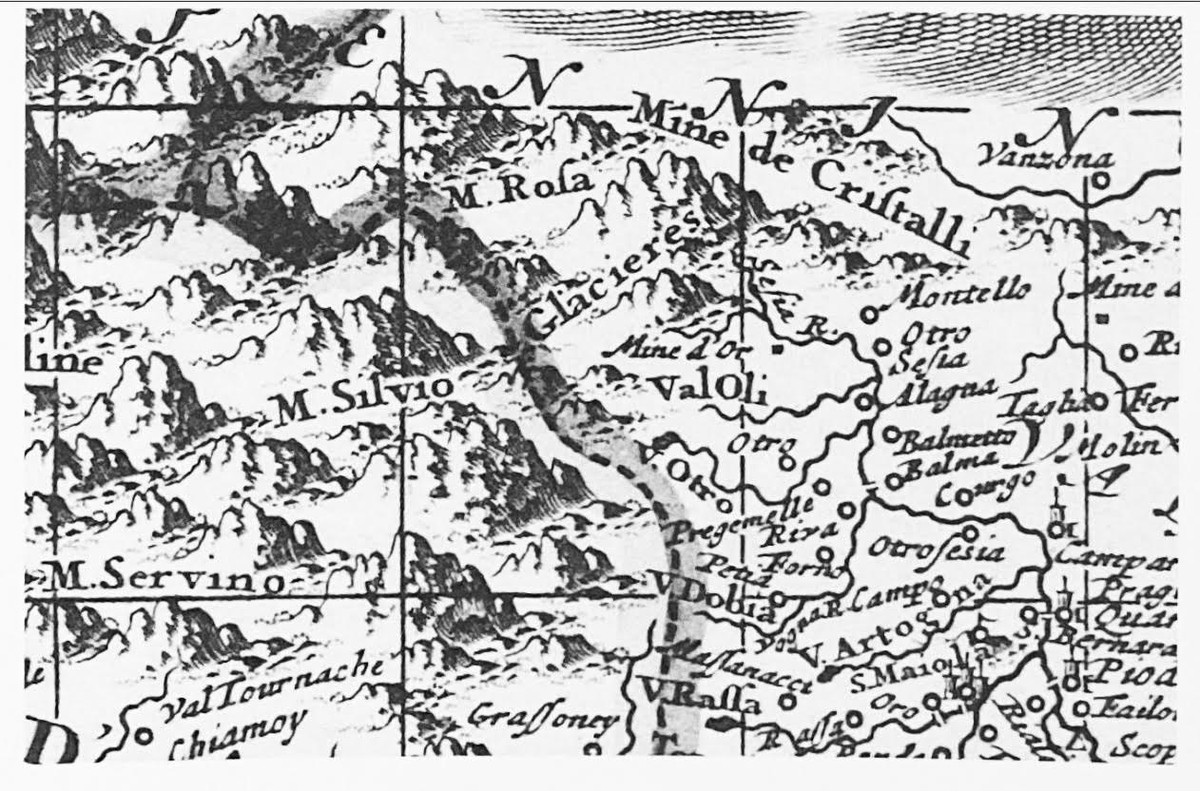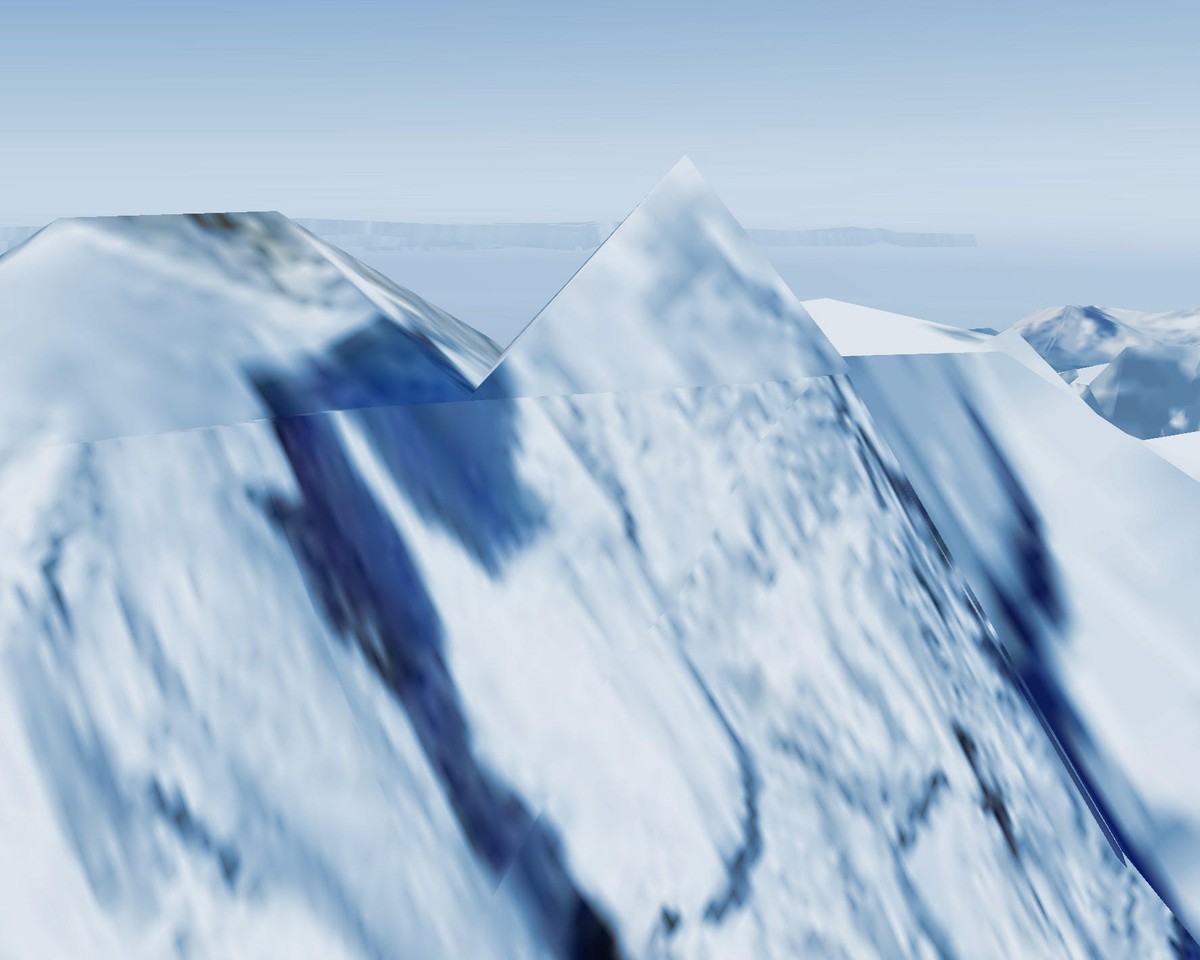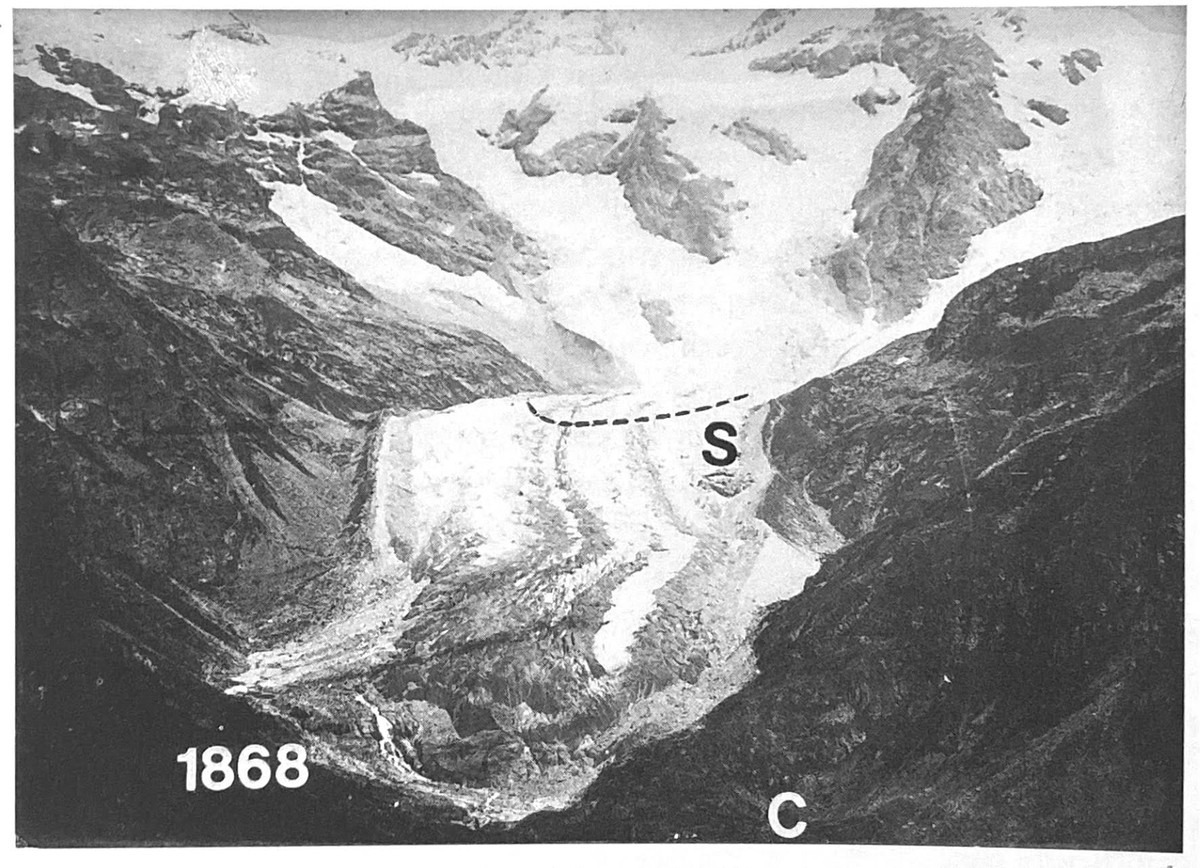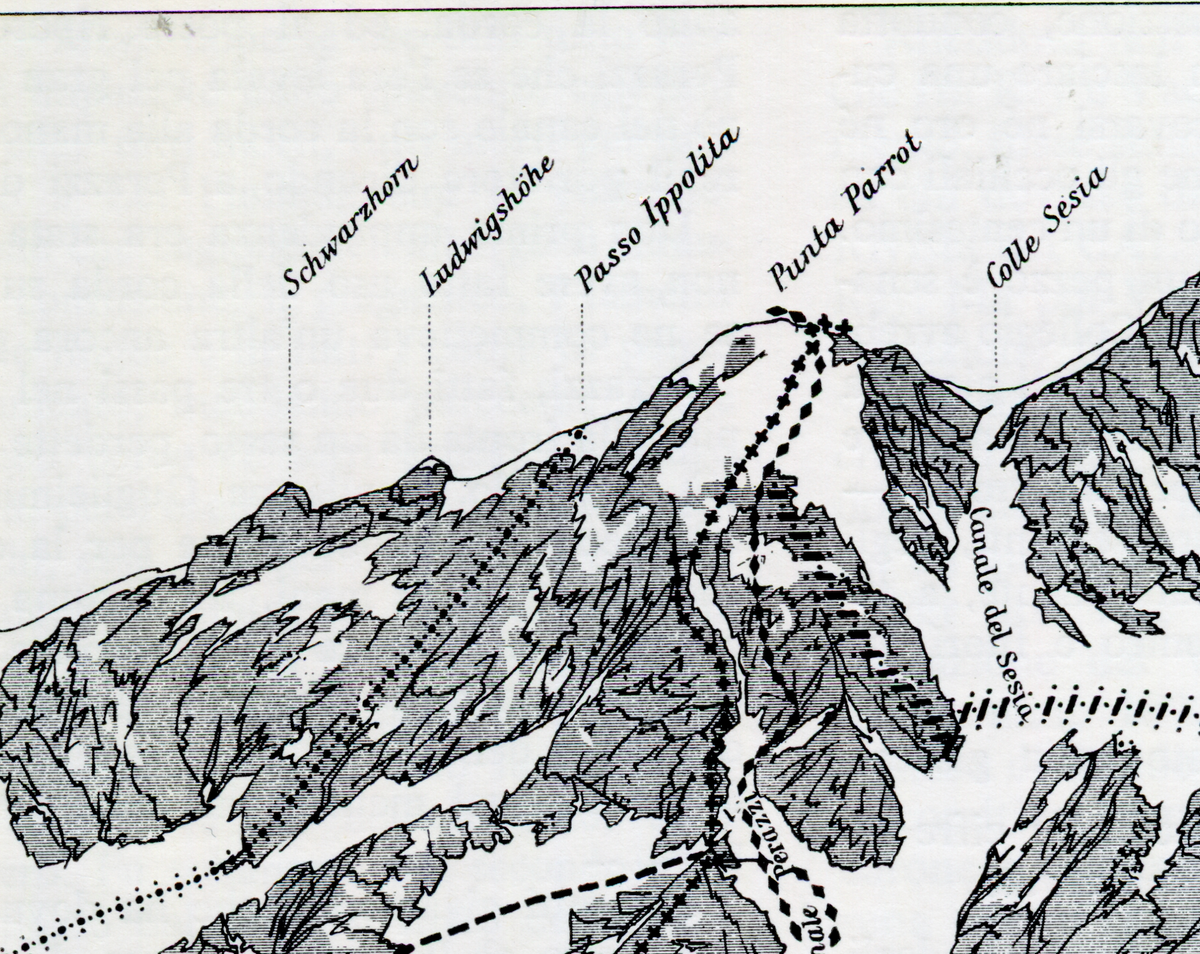Examining resolution as both technical measure and epistemic threshold, this interview investigates how contemporary visual cultures mediate knowledge, perception, and experience. Rather than interpreting information as a neutral abstraction, Matteo Bettini frames it as a process of interpretation and rearticulation, shaped by the limits and affordances of the media. Moving between information design and collective image-making, he examines resolution as a way of sensing, where clarity, ambiguity, and performance continually negotiate what becomes visible, legible, and shareable.
Your background is in Information Design from the Design Academy Eindhoven. Personally, I think it’s a very innovative approach to design. But “information” often sounds quite abstract to most people and almost too all-encompassing. It seems like it could apply to any subject today. Drawing from your practice, how do you define information, and how do you approach understanding it?
I joined the programme in 2021 and finished it in 2023. My background is in graphic design, and later I joined Density Design, a department at Politecnico di Milano that was engaged with the visualisation of data.
Then I moved to the Netherlands for the programme Information Design, run at the time by Joost Grootens. Probably from the perspective of other practitioners, I was following a familiar field of study, but for me, it was an expansion that allowed me to explore new directions.
Information Design is less a defined field than a framework. Information itself is any knowledge you encounter or any question you ask. Information design, in both a design and an artistic context, is about how you explain that question or any possible answer.
In this case, it is fundamentally pedagogical. My work is about how I first understand a subject, and then how I would explain it to someone else. The designer’s role exists in the process of receiving, reshaping, and reintroducing something into the flow of information.
The view of the medium as an interface for exchanging information is what makes me interested in your collective, 4KHD, which describes itself in terms of a “new resolution.” Typically, resolution is a technical property of digital screens, images, or videos. Your description, however, suggests something more dynamic, something always in flux, carrying both information and energy. I really liked this interpretation. Could you elaborate on it?
The collective is integral to my practice, though it operates in a different realm with different approaches. It’s free from the market and operates in another space. It began with ideas directly connected to the field of information design. For us, images are information maps; you can read how reality is constructed through pixels and extract more than what is immediately visible.
The name ‘4KHD’ is deliberately playful, combining two resolutions to suggest an impossible standard. It is an exaggeration, reflecting on how today’s reality is mediated through pixels, with devices constantly pushing toward higher resolution and closer proximity to ‘reality’. Our work exists at the intersection of image creation, the representation of reality, and studies of territory and landscape, so the name fits these themes.
What interests me is that every piece of information has a resolution through which we understand it, and another resolution when we try to convey it. For me, resolution marks the threshold between what is comprehensible and what is too vague or, conversely, too detailed to grasp. Its interpretation depends on one’s background and perspective. In my work, resolution becomes metaphorical: I value information that exists across multiple resolutions or carries ambiguity in its encoding, where meaning is embedded in the medium or technology itself, rather than solely in the content.
This connects to another phrase from the collective: “high performance of low resolution.” This seems to align with your idea that resolution is relative and personal, depending on how people perceive it. Could you explain the link between resolution and performance, and how “low” and “high” play out in your work?
The motto came from our connection to outdoor and sports culture, which is mediated by images, often spectacular or extreme. Image-makers and sportspeople became intertwined. In our collective, everyone works with images, including engineers, designers, and artists, all linked by this fascination.
We asked how resolution shapes meaning. Sometimes we deliberately use low resolution to test the boundaries of an image or to question how performance and space are recorded. Performance operates on two levels here: the physical performance of bodies and the technical performance of devices. Devices are constantly pushed to new limits, 4K, 8K, 360, and beyond. The aim is often to erase the device from the situation, creating images closer and closer to what we perceive.
These overlaps between the body, the device, and image performance are at the core of my practice. For me, this is where performance really lives: in the shifting relations between bodies, devices, and images, constantly overlapping, influencing one another, and at times dissolving into something else altogether.
